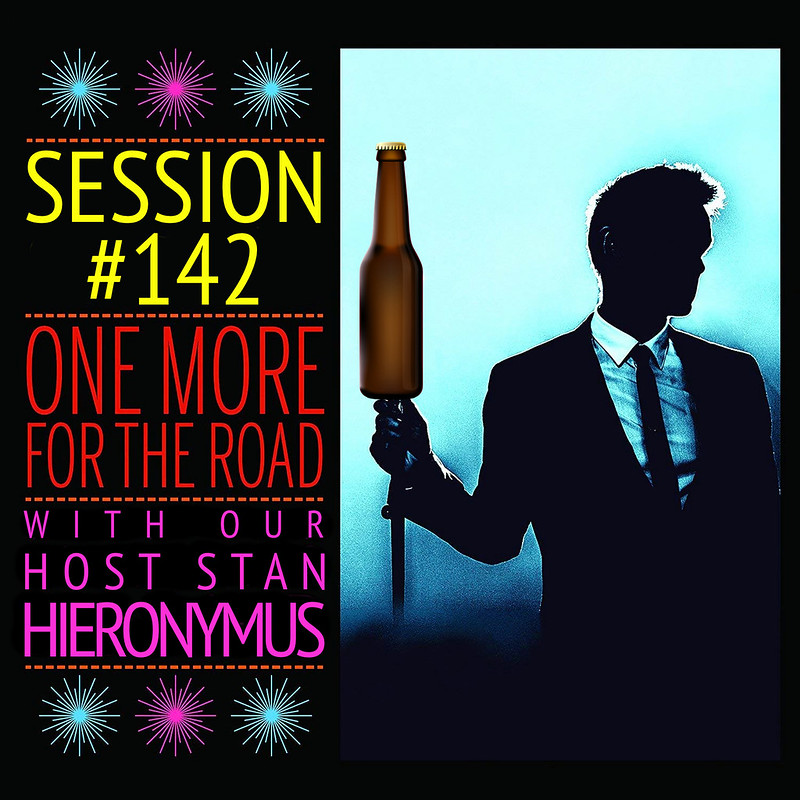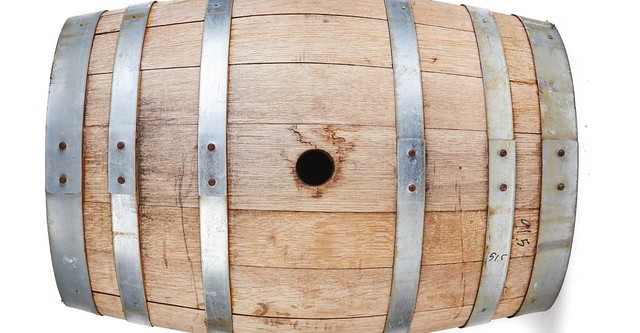
For our 144th Session, hosted by Boak & Bailey, they’ve chosen as their topic by posing the seemingly simple question, [w]hat’s the best beer you can drink at home right now? They also set some guidelines and suggestions about how to proceed:
Not necessarily right now. You can go to the shops if you like. But you shouldn’t have to get on a train or a flight. Or travel back in time. If you like, you can choose a top 3, or top 5, or top 10. What makes it a good beer to drink at home? Is it brewed to be packaged? Does it pair well with your home cooking? Does it pair well with drinking in your pyjamas? If you don’t think there’s any such thing as a good beer to drink at home, that’s fine, too – talk about that! Whatever your response to the prompt might be is absolutely grand. It’s just a starting point, or trigger – not a set of rules to a game of which we are the umpires.
Okay, so that’s the mission. Let me go to the ‘frig.

I’m at the point in my life when I don’t go out to bars, or even breweries, unless I’m working or traveling. We do have four refrigerators, three in the garage, and one in the kitchen, not to mention a beer cellar under the house. So we generally are well-stocked with choices. I get a fair amount of samples, though it’s been declining here of late, so many of what’s out being chilled are the extra samples. If I get a four-pack or six-pack of samples, I’ll try one of the cans or bottles, and put the rest into rotation in the garage. Some sit around too long, sad to say — I’m only one man, after all — though there are a few beers I like to always keep on hand, though in general it’s more that I like to have a few varied types of beers around, and a specific one of them is less important. So for example, I like to have a pilsner around, and I’m thrilled if I have some Trumer Pils, though I’m just as happy with Russian River STS Pils, Moonlight Reality Czech or Firestone Walker Pivo Pils. All four are relatively easy to find near me, but there are plenty of others I would reach for in a pinch. What’s more important is I want that delicate base malt character, signature subtle hop bitterness and the crisp expression of the yeast that makes a pilsner a pilsner.

This approach plays into something that’s been bugging about the direction of beer over the last decade or so, coinciding with the meteoric rise of hazy IPAs. While not my favorite “innovation” of the modern era, I can, and often do, enjoy a good one from time to time. But what I think we lost when they became the be-all, end-all of craft beer was the diversity which was kind of the point. I think I actually whined … excuse me, opined … about this last month. The reason that the “microbrewery revolution” happened at all was in response to people noticing that almost all American beer was the same, and not that great to boot. Different flavors a.k.a. diversity was the point. So when several decades later the market shrinks to being mostly IPAs, us old-timers cried foul, not that anybody listened (nor should they, to be fair).
But back to the problem at hand. The best beer(s) I can drink at home right now are a group of a few types of beers that I like to keep on hand so I can pick what to drink based on my mood, the weather, what I’m eating, if I’m drinking alone or entertaining, or even what I’m doing. It doesn’t always work perfectly, but it’s good to have goals. More often than not, I can find something at least close to what I want … what I really, really want.

I just made this up today, for no better reason than it was a way to organize my thoughts in a less chaotic way than it exists inside my brain. I took the colors of the rainbow and roughly applied them to seven kinds of beer that I like to keep stocked in my house at any given time so I have a wide variety of choices when it comes time to pick which beer to drink. It’s hardly perfect, but just the process of throwing it together was oddly satisfying and more fun than I would have anticipated. It might even be useful. Who knows?

Strong Beers: I always like to keep something good for sipping around, like a Belgian tripels or barleywine. I’m a bit over Imperial Stouts right now, especially ones aged in Bourbon or other barrels. They more often than not taste like what was in the barrel and lose their beerishness. I also have several bottles (not sure that’s the right word) of Utopias, which is nice for that purpose.

Amber or Light Lagers: By this, I mean Pilsners, Helles and other lighter-bodied lagers. Even Amber Lagers or Vienna Lager fits here, as would Märzen.

Yeasty or Yeast-Forward Beers: Belgian beers are what I had in mind here, although Bavarian hefeweizen would fit this, too. But I generally like to have bottles of Orval or Duvel around, or something along those lines.

Gueuze or other Sour or Wild Fermentation Beers: I almost always have some Cantillon, 3 Fonteinen or Boon, or all three in the cellar. And Russian River being a local brewery to me makes it relatively easy to keep a few of their Belgian-inspired sour ales in stock.

Black or Brown Dark Beers: Moonlight’s Death and Taxes, Brian’s San Francisco-style black lager is almost always in my refrigerator. It’s one of my go-to beers. But I also like to keep a nice Porter or stout, especially oatmeal stout around. I wish there were more packaged brown ale in my neck of the woods, but lately they’ve been hard to come by.

IPAs and Hop-Forward Beers: I know I give the proliferation of IPAs a hard time, but that doesn’t mean I don’t sometimes want a true, bitter IPA, especially thee West Coast variety. It felt like WCIPA was on the ropes for a miniute, but they do seem to be making a comeback here in California, at least.

Veiss or Weiss or Rye Beers: Yeah, I know, this is the weakest one color-wise, but oh, well. There are definitely times when a smooth wheat beer is exactly what I want. I’m especially fond of dunkelweizens, but those are as rare as hen’s teeth. And I threw rye in here just because I have a particular soft spot for any beer brewed with rye.
So that’s my approach to drinking at home, which these days is my preferred spot. While I could arbitrarily pick just one, I feel like there’s simply too many good beers around to ever limit oneself to one beer. That’s what got us into this mess in the first place. I think it’s better to have a new favorite beer every time I open the refrigerator depending on the caprices of my whims. I suppose it’s like answering the question “what’s your favorite beer” by replying “the one in my hand.”




























